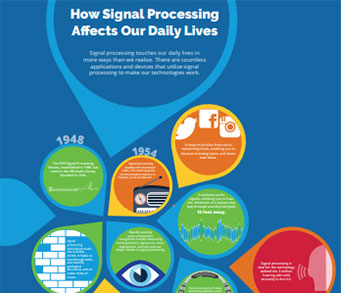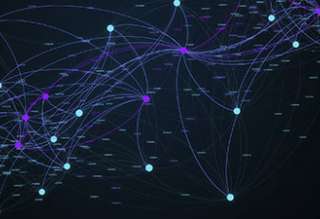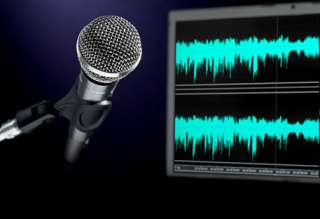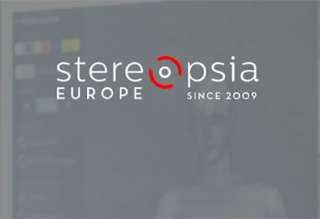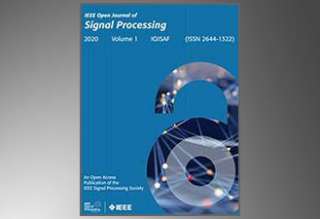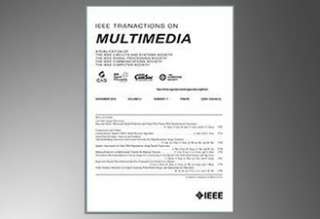SPS Feed
Top Reasons to Join SPS Today!
1. IEEE Signal Processing Magazine
2. Signal Processing Digital Library*
3. Inside Signal Processing Newsletter
4. SPS Resource Center
5. Career advancement & recognition
6. Discounts on conferences and publications
7. Professional networking
8. Communities for students, young professionals, and women
9. Volunteer opportunities
10. Coming soon! PDH/CEU credits
Click here to learn more.
The Latest News, Articles, and Events in Signal Processing
December 14, 2020
Location: NOTE: Location changed to--Virtual Conference
May 18-21, 2021
Location: Changed to--Virtual Conference
June 5-6, 2021
Location: Toronto, Canada
Manuscript Due: January 25, 2021
Publication Date: Mid-year 2021
CFP Document
Manuscript Due: February 28, 2021
Publication Date: Early 2022
CFP Document
Principal component analysis is one of the most commonly used methods for dimensionality reduction in signal processing. However, the most commonly used PCA formulation is based on the
Speech dereverberation has been an important component of effective far-field voice interfaces in many applications. Algorithms based on multichannel linear prediction (MCLP) have been shown to be especially effective for blind speech dereverberation and numerous variants have been introduced in the literature. Most of these approaches can be derived from a common framework, where the MCLP problem for speech dereverberation is formulated as a weighted least squares problem that can be solved analytically.
We study model recovery for data classification, where the training labels are generated from a one-hidden-layer neural network with sigmoid activations, also known as a single-layer feedforward network, and the goal is to recover the weights of the neural network. We consider two network models, the fully-connected network (FCN) and the non-overlapping convolutional neural network (CNN).
A new technique for locating a moving source radiating a wide-band almost-cyclostationary signal is proposed. For this purpose, the signals received on two possibly moving sensors are modeled as jointly spectrally correlated, a new nonstationarity model that allows one to describe the Doppler effect accounting for a time-scale or time-stretch factor in the complex envelopes of the received signals.
Pages
SPS Social Media
- IEEE SPS Facebook Page https://www.facebook.com/ieeeSPS
- IEEE SPS X Page https://x.com/IEEEsps
- IEEE SPS Instagram Page https://www.instagram.com/ieeesps/?hl=en
- IEEE SPS LinkedIn Page https://www.linkedin.com/company/ieeesps/
- IEEE SPS YouTube Channel https://www.youtube.com/ieeeSPS




